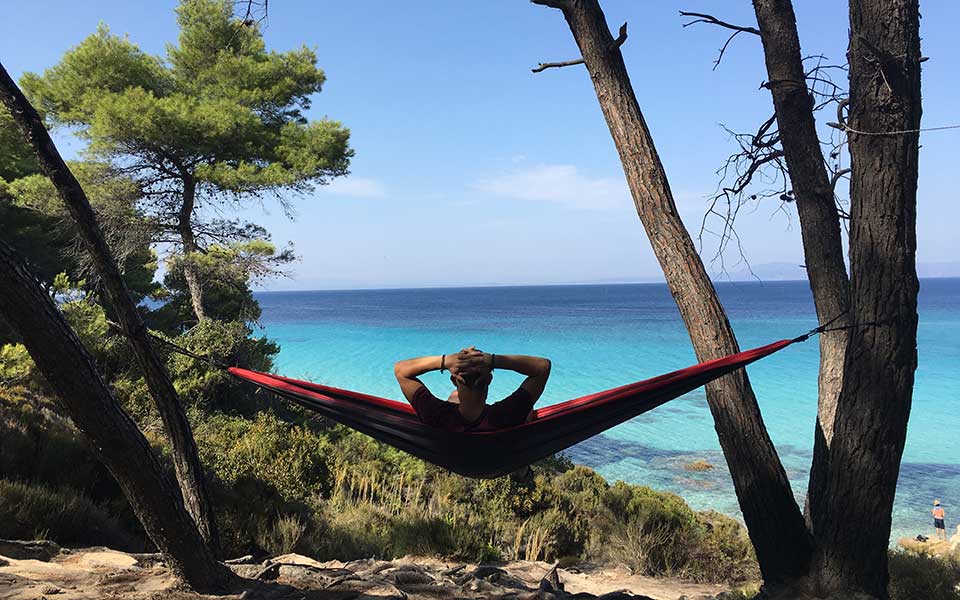When the Greek tourism bible is written one day, a large chapter should be dedicated to Halkidiki. It will explain how a place with a strong religious identity (Mount Athos) and a turbulent political history, shaped by the thousands of refugees who settled there after the Asia Minor catastrophe, in all those settlements with names that begin with Neos and Nea (new), shot up like a firework in terms of tourism. Halkidiki managed to become the ultimate holiday destination that perfectly accommodates everyone.
This is where epic luxury resorts (such as Porto Carras), camping culture (countless young people from all over Europe have had the best summers of their lives there), mini breaks for almost all of Northern Greece’s and Balkan road tourists and a constant flow of visitors from neighboring countries meet. What other destination has such unique characteristics and a name that instantly brings to mind the thought that “there’s no other place like it”?
Many worlds in one
Halkidiki is made up of many different worlds, which is easy to see when you explore it. The first leg, Kassandra, is the paradise on earth of the Thessalonians, who built their holiday homes here. It is also synonymous with beach bars, partying, wild life, but also neglect in places, as it is considered the most exploited leg of the peninsula.
The second leg, Sithonia, has been identified with the freedom of camping and relaxing holidays, with the needle of the clock stuck in the 1980s.
The third leg, Athos, is off limits to women and has its own rules for men.
North-central Halkidiki rallies the nature lovers of Holomontas, the East rallies the history lovers of Stagira.
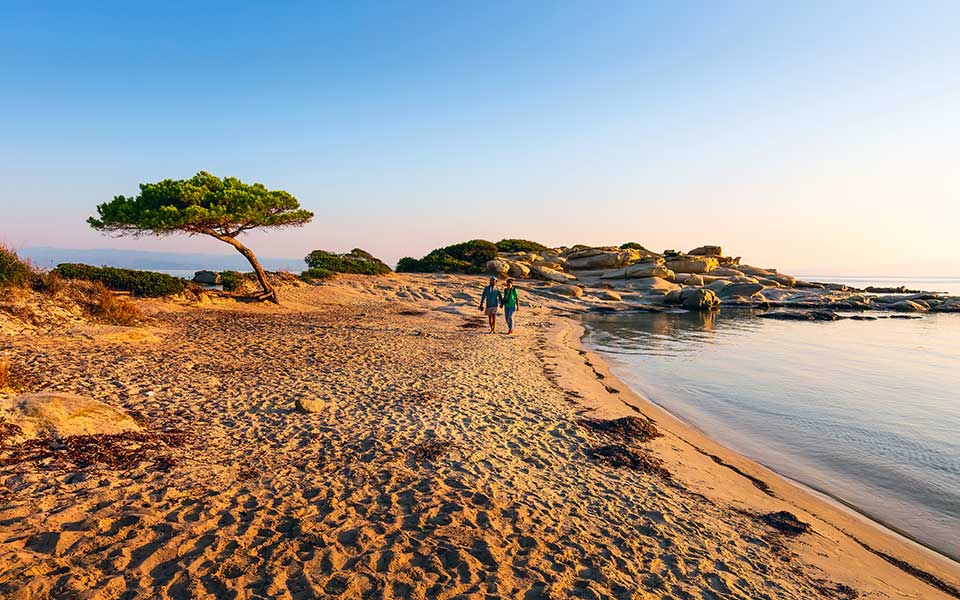
© Shutterstock
The beaches
Halkidiki is a great sandy paradise. It has pebble beaches too, but its sandy beaches are its trademark, the reason and the cause behind its epic summer offerings. Indicatively we might mention the large and busy bay of Vourvourou, Armenistis, Porto Koufo, and Elia Nikiti. The most famous, however, beach of Halkidiki is Kavourotrypes with its famous rocks and sandy coves.
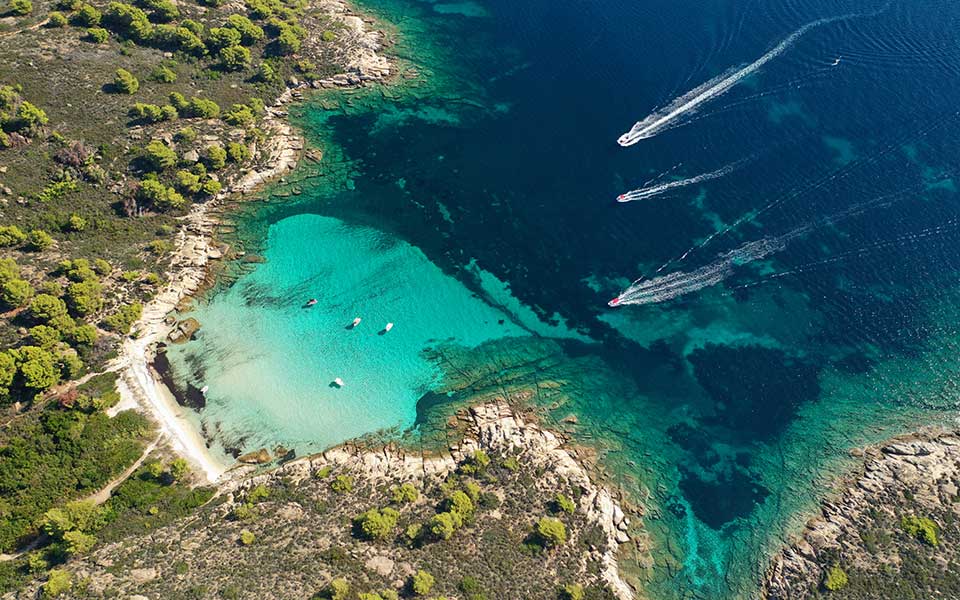
© Shutterstock
The islets
Although Halkidiki is no an island, it has three times as many beaches as the average Greek island does, and the vast area of 2,918 square kilometers does include some islets. From the family-friendly Ammouliani west of Ouranoupolis to the cluster of exotic islands, the largest being Diaporos, opposite Vourvourou.
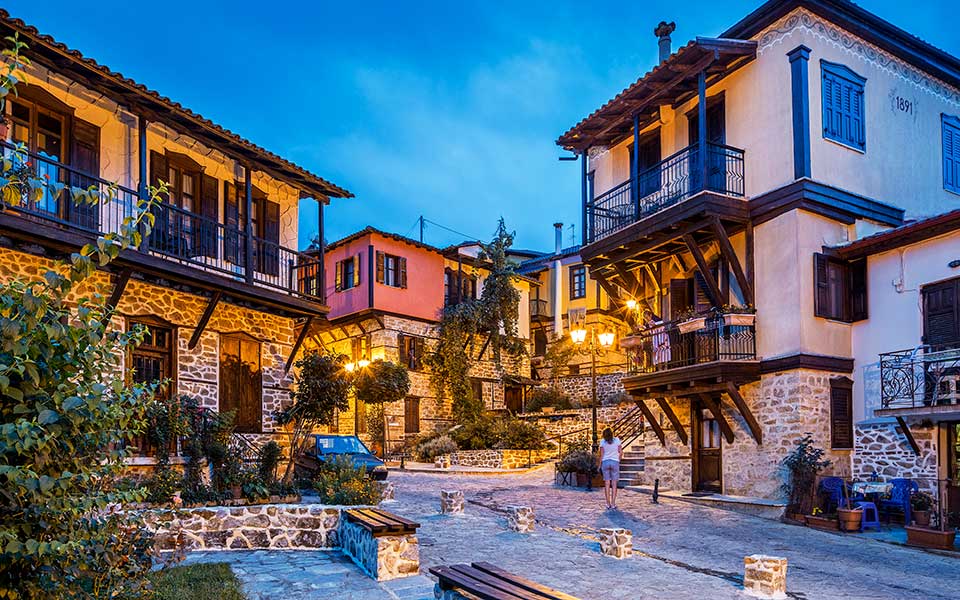
© Vusual Hellas
The villages
Afitos (or Athitos) with its colorful houses and a community of artists who loved it so much they took root there, in Kassandra. Old Nikiti, stone-built and full of shade; Parthenonas, with well-restored houses and fanatical return visitors; Neos Marmaras for fish eating – all in Sithonia. Ouranoupolis at a nodal point, between man and God, just before Mount Athos. Arnaia for its traditional architectural motif and tsipouro made from honey (moundovina) in Central Halkidiki.
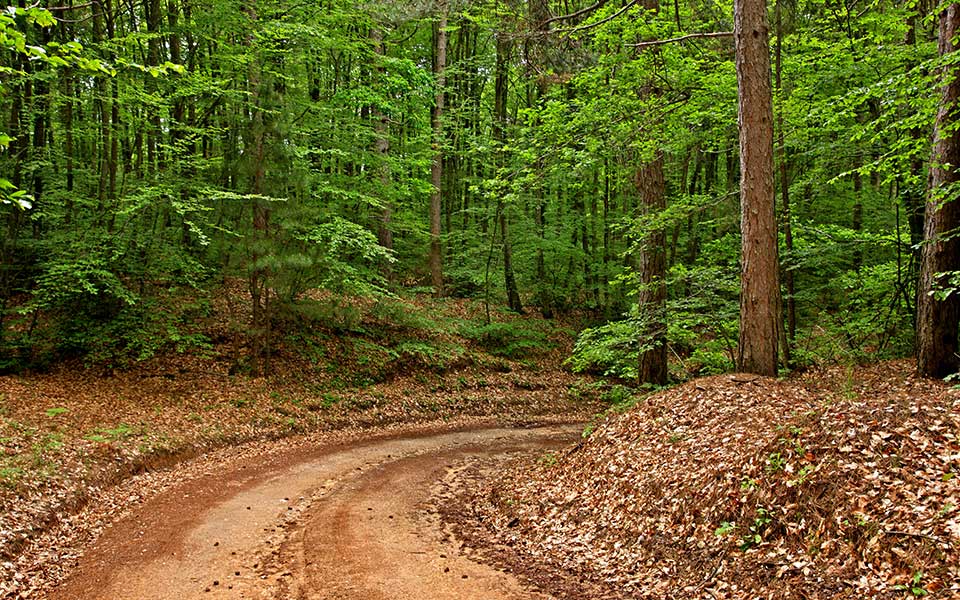
© Shutterstock
The Nature
Because of its beaches, in most people’s minds Halkidiki is a blue-colored destination. However, it also has rich verdant nature in its hinterland. Mount Holomontas (alt. 1,165 m), is a green lung that attracts hikers, cyclists and nature lovers, who are enchanted by the mountain’s rich biodiversity.
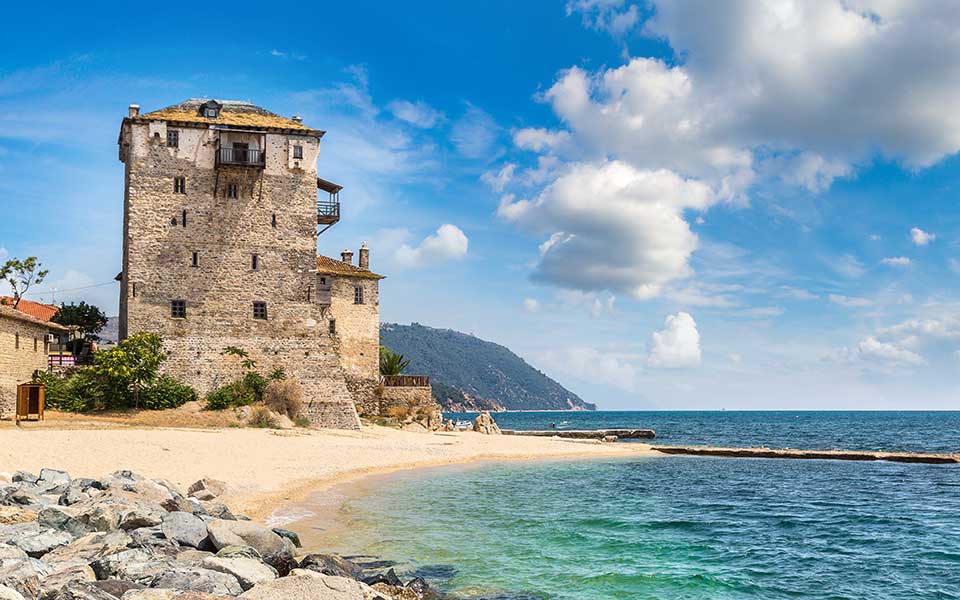
© Shutterstock
The towers
There are numerous scattered all over Halkidiki. Coming down from Thessaloniki towards Polygyros, you will come across the small town of Galatista, with its huge Byzantine tower. The tower of Sani and Nea Focaea in Kassandra, the tower of Krouna in Ierissos and the most perfect of all, the tower of Prosforion in Ouranoupoli, present the face of Halkidiki in past centuries, where reality was determined by religion, since the towers of Halkidiki were connected with the monasteries of Mount Athos.
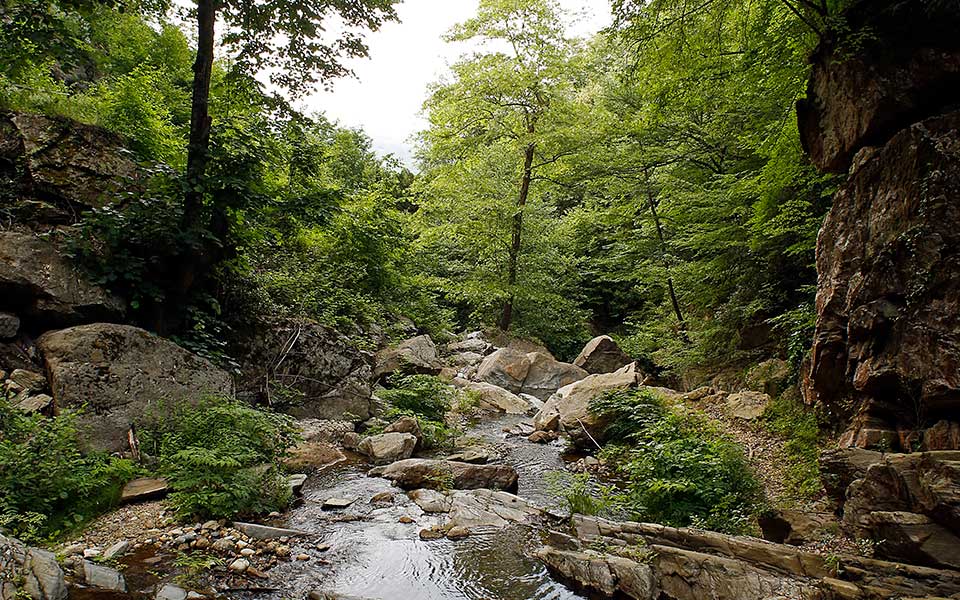
© Nikos Kokkas
The waterfalls
It takes quite a drive to get there and back, yet over the years the waterfalls of Varvara have gained their own fanatic following. They are located between Arnaia and Stagira, relatively close to the village of Varvara. Be careful on the road up to there.
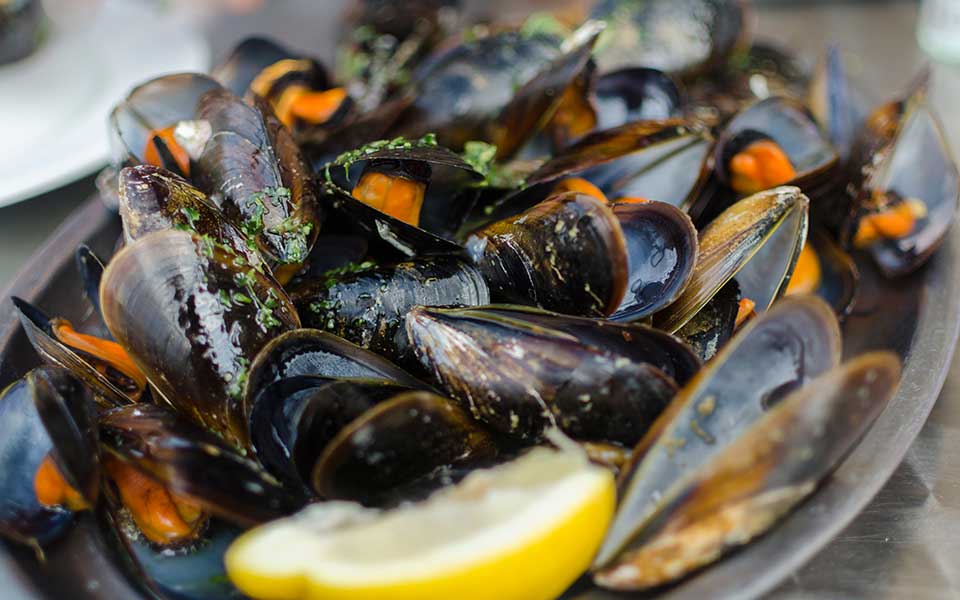
© Shutterstock
The mussels and the olive oil
Halkidiki is not known for its gastronomy, although there are locally made products that range from interesting to exquisite, such as the local olive oil and the famous Olympiada mussels, which in summer are served with a wonderful stuffing, according to those in the know. The mussel farms are among the businesses that deserve to be supported by visitors, as is the whole primary sector in general.
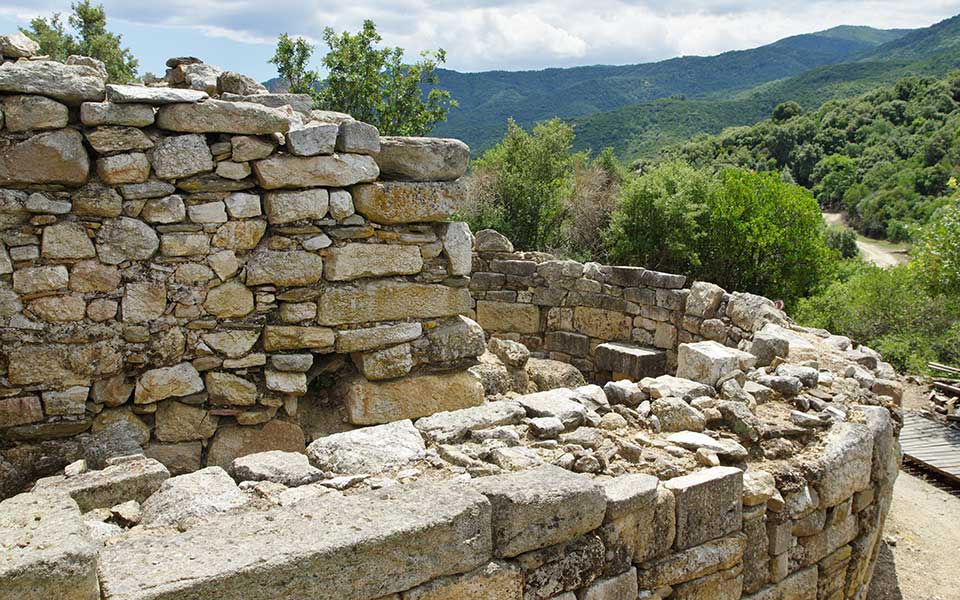
© Shutterstock
Ancient Stagira
Ancient Stagira is a seaside town founded in the 7th century BC by Ionians from Andros and where Aristotle was born in 384 BC. The homeland of one of the greatest Greek philosophers, the ideas of whom have defined the way we all think today, is located in eastern Halkidiki, very close to Olympiada, and is ideal for a long archaeological stroll by the sea.

